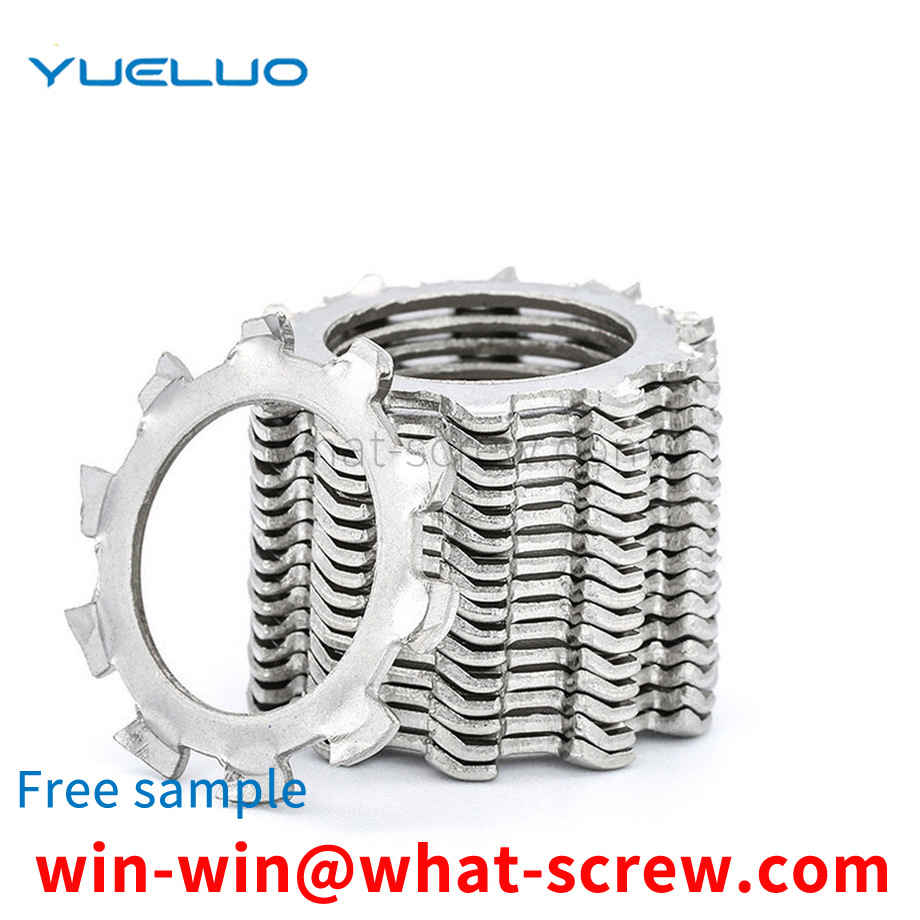The marking format of the thread mark is: Thread code - thread tolerance zone code (pitch diameter, top diameter) - screw length l) Tolerance zone code is represented by numbers plus letters (inner thread with uppercase letters, external thread with lowercase letters) , such as 7H, 6g, etc., it should be specially pointed out that 7H, 6g, etc. represent thread tolerance, while H7, g6 represent cylinder tolerance code. 2) The length of rotation is specified as short (represented by S), medium (represented by N), and long (represented by L). In general, the thread engagement length is not marked, and the thread tolerance zone is determined by the medium engagement length (N). If necessary, add the screw length code S or L, such as M20-5g6g-L. When special needs are required, the value of the screwing length can be indicated, such as M20-5g6g-30.
Standards are norms, and each country and sector has its own standards. GB—Chinese National Standard (National Standard) ANSI—American National Standard (American Standard) DIN—German National Standard (German Standard) ASME—American Society of Mechanical Engineers Standard JIS—Japanese National Standard (Japanese Standard) BSW—British National Standard GB—National Standard The standard is one of the many standards in my country, and there are also industry standards, professional standards and department standards. National standards are divided into: GB (mandatory standards) and GB/T (recommended standards) and GBn (national internal standards) and so on. We usually see GB30, GB5783, etc. are mandatory standards. In addition to some basic dimensions such as head-to-side, head thickness, etc., the above standards are mainly different in the threaded part. The threads of GB, DIN, JIS, etc. are all in MM (millimeters), which are collectively referred to as metric threads. Another thread like ANSI, ASME, etc. is called American standard thread in inches. In addition to metric threads and American threads, there is also a BSW-imperial standard, whose threads are also in inches, commonly known as Wyeth threads. In the usual domestic sales business, the most common standards we encounter are GB (National Standard) and DIN (German Standard). In terms of production products, the following standards are mainly encountered: GB30; GB5783; GB5782; GB52; GB6170; GB818; GB819; GB845; GB846; GB70; DIN912; DIN933; DIN931 and so on. GB30 (old national standard) has been replaced by GB5783 (new national standard) in the standard book. GB52 (old national standard) has been replaced by GB6170 (new national standard) in the standard book.
The pin, also known as the pin, has a simple structure and is easy to assemble and disassemble. It is widely used in various fixed connections. The pin is mainly used to fix the relative position between two parts, also used to connect parts, and can transmit a certain load. , At present, the pins on the market generally have the problems of being easy to loosen and fall off.
In the process of automatically locking the screw to the product, there are only three types of screw supply mechanisms in the traditional automatic screw locking machine: 1. Magnet sucks for screws; 2. Vacuum sucks for screws; 7. Air blows for screws. The above three methods require long-distance screw supply, resulting in slow screw supply, low efficiency and high manufacturing cost. To this end, we propose an automatic locking screw machine that can directly supply screws.
At present, most of the cylindrical pin press-fitting is to put the product into the positioning position of the lower die first, and then take a cylindrical pin and put it into a cylindrical pin positioning hole that is concentric and perpendicular to the hole in which the product is pressed, or put it on the product. , the pin needs to have a positioning guide; or it is fixed on the top of the indenter so that it will not fall, and then the press is completed. In fact, it is difficult to press the small cylindrical pins. To ensure the good quality of the product, it is required to locate accurately, to ensure that the cylindrical pins are concentric and vertical, and to put the cylindrical pins one by one. It is very easy for workers to produce. Fatigue and low efficiency, product quality control is affected by many human factors, resulting in unstable product quality and certain safety hazards in work. On the other hand, in some production lines, the cost of the press-in cylindrical pins is relatively expensive, such as finger cylinders and moving mechanisms, which will put a lot of cost pressure on the equipment investment of small and micro enterprises.
We have many years of experience in the production and sales of screws, nuts, flat washers, etc. The main products are: white zinc plated nuts, extended claw screws, carbon steel galvanized round nuts, nut screws and other products, we can provide you with suitable screws for you. Firmware Solutions.



















 Service Hotline
Service Hotline




